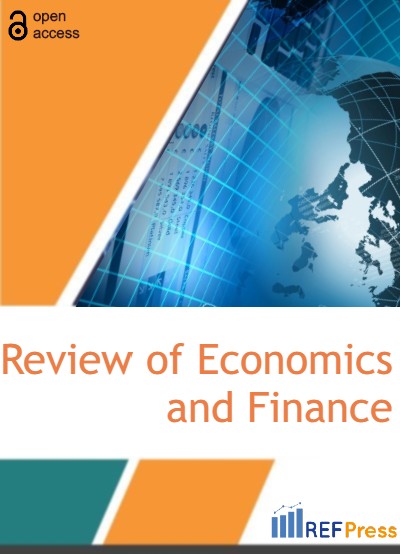
The Interdependence of Indonesia's Economic Development and Foreign Debt, 2000-2020 Period
(Pages 2649-2654)Agus Maolana Hidayat1,*, Rennyta Yusiana2, Ahmad Soleh3 and Gugun Sodik4
1Telkom University, West Java, Indonesia.
2Telkom University, West Java, Indonesia.
3Muhammadiyah University Jambi, Jambi, Indonesia.
4ARS University, West Java, Indonesia.
DOI: https://doi.org/10.55365/1923.x2023.21.285
Abstract:
Sustainable economic growth is the goal of every country, but low capital in developing countries creates an increase in foreign debt. Budget deficit policy not only has a positive impact on economic growth, but can also have a negative impact. Therefore, the role of foreign debt on economic growth is still a major problem and interesting to be examined. This study aims to analyze the effect of foreign debt on economic growth and the factors that influence it. The discussion is descriptive and verifiative using secondary data sourced from the Central Statistics Agency (BPS), Bank Indonesia (BI), and International Financial Statistics (IFS) during the period 2000-2020. This study used Two Stage Least Square (TSLS) method which is recursive. The results showed that the value of exchange rate and GDP had a positive effect on foreign debt, while FDI had a negative effect on foreign debt but not significant. Foreign debt, government spending, lending interest rates and openness together affect economic growth. However, partial foreign debt has a significant negative influence on Indonesia's economic growth.
Keywords:
Foreign Debt, Economic Growth, and Foreign Direct Investment.
How to Cite:
Agus Maolana Hidayat, Rennyta Yusiana, Ahmad Soleh and Gugun Sodik. The Interdependence of Indonesia's Economic Development and Foreign Debt, 2000-2020 Period. [ref]: vol.21.2023. available at: https://refpress.org/ref-vol21-a285/
Licensee REF Press This is an open access article licensed under the terms of the Creative Commons Attribution Non-Commercial License (http://creativecommons.org/licenses/by-nc/3.0/) which permits unrestricted, non-commercial use, distribution and reproduction in any medium, provided the work is properly cited.
